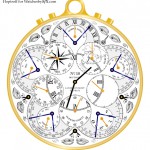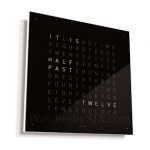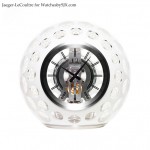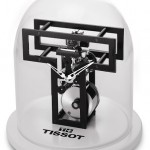Ytterbium atomic clock becomes the world’s most accurate timekeeper – spot on to 18 decimal places
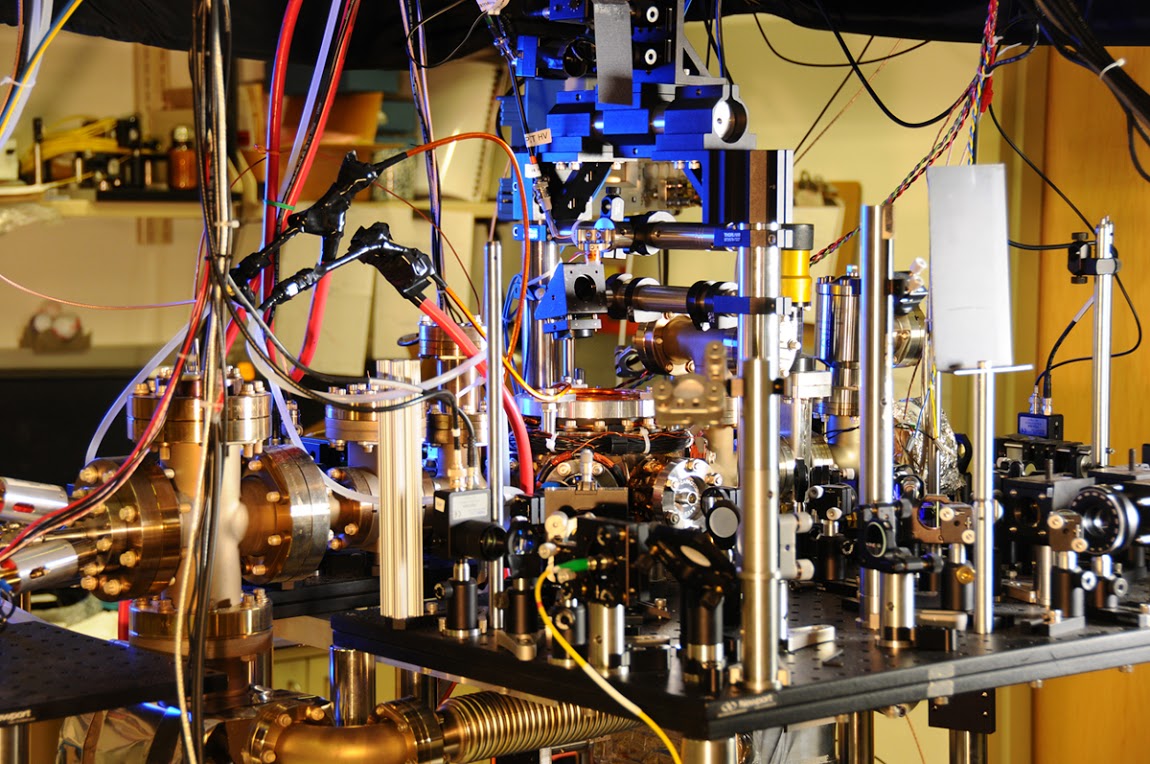
A few days ago, the National Institute of Standards and Technology unveiled a pair of experimental clocks 10 times more accurate than current atomic clocks.
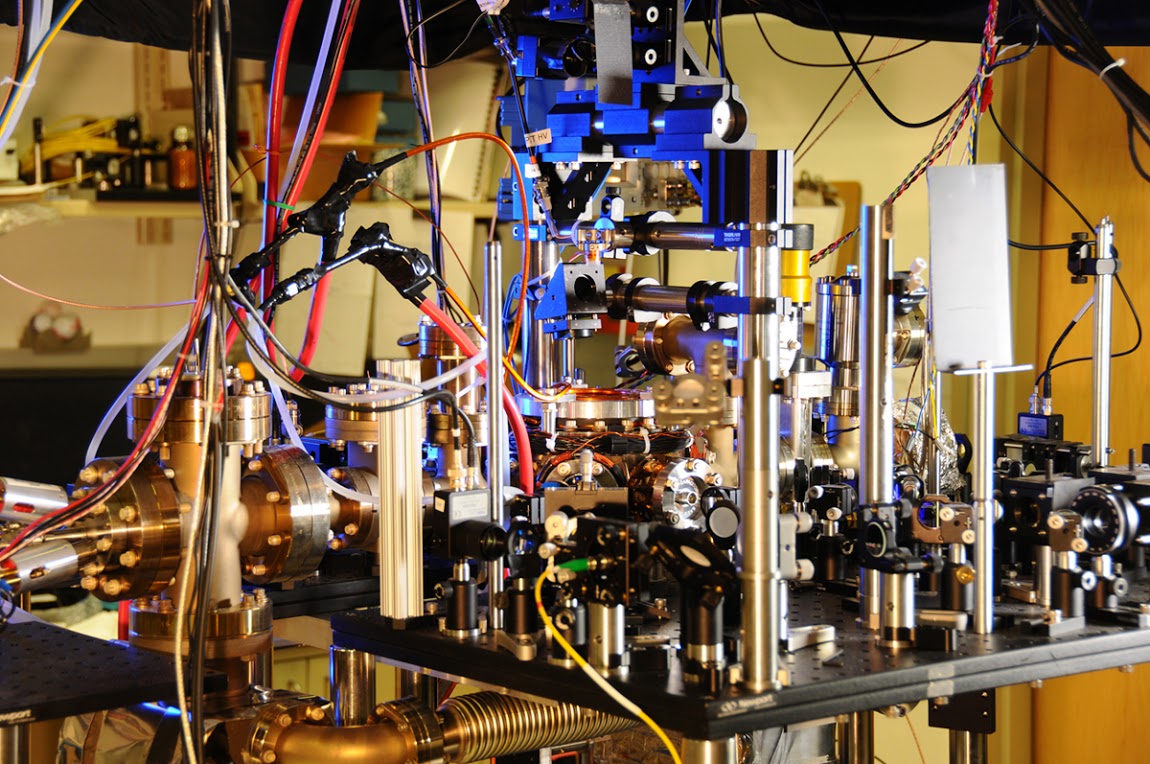 |
| NIST’s ultra-stable ytterbium lattice atomic clock. Ytterbium atoms are generated in an oven (large metal cylinder on the left) and sent to a vacuum chamber in the center of the photo to be manipulated and probed by lasers. Laser light is transported to the clock by five fibers (such as the yellow fiber in the lower center of the photo). Credit: Burrus/NIST |
Announced by the United States-based National Institute of Standards and Technology (NIST) research institute the new experimental ytterbium lattice atomic clocks are precise to less than two parts in one quintillion (10^18), ten times better than the current best atomic clocks. In practice that means the clock will only be off by a second after several billion years. About 10,000 ytterbium atoms, held in an optical lattice (essentially the atoms are trapped by laser light), cooled to 10 millionths of a degree above absolute zero, are caused to vibrate by a laser. Potential uses for this clock include more accurate navigation by Global Position System (GPS) satellites, which rely on atomic clock timekeeping. And perhaps one day the technology will find its way into something portable. The full nerdy details can be found on the NIST webpage. – SJX
Back to top.

